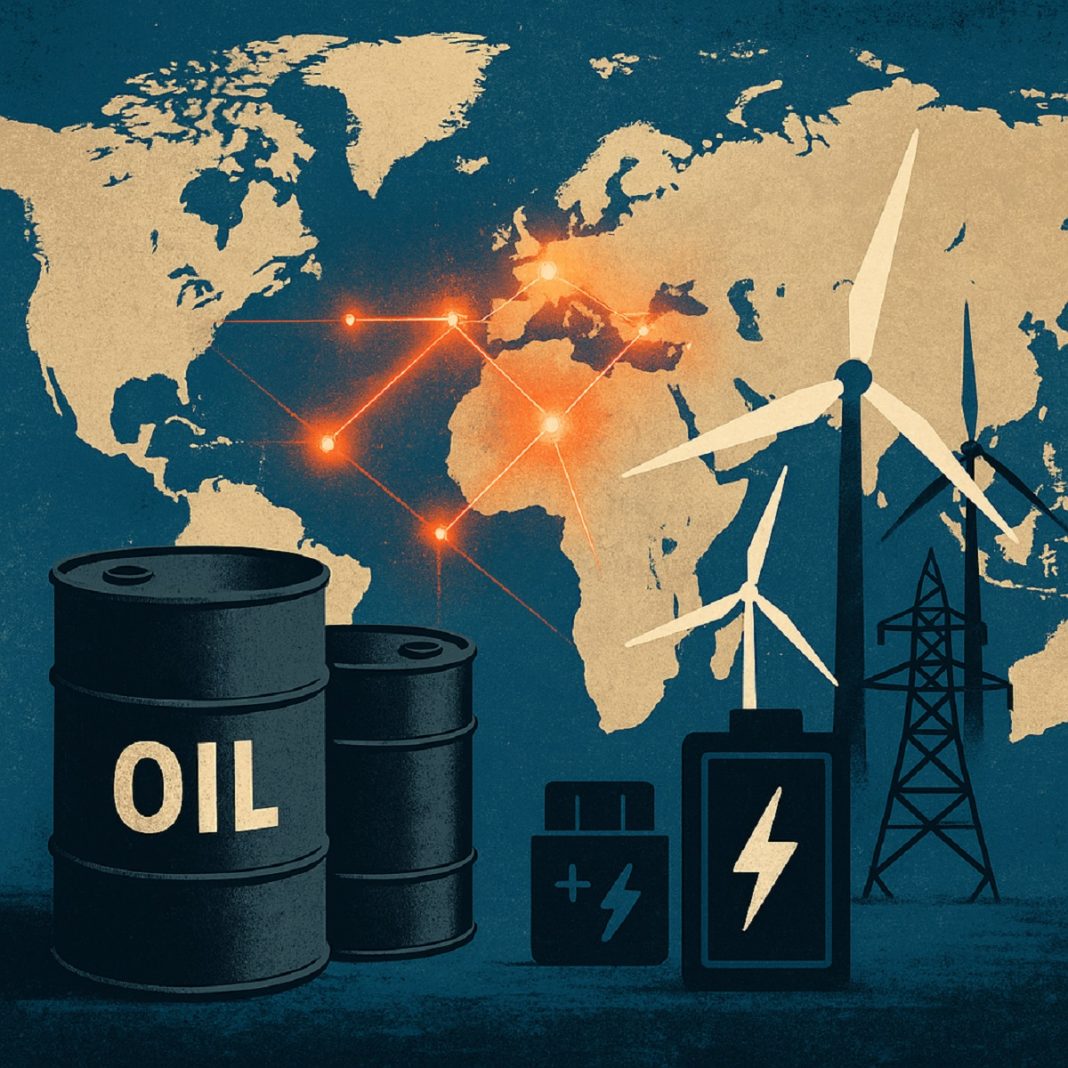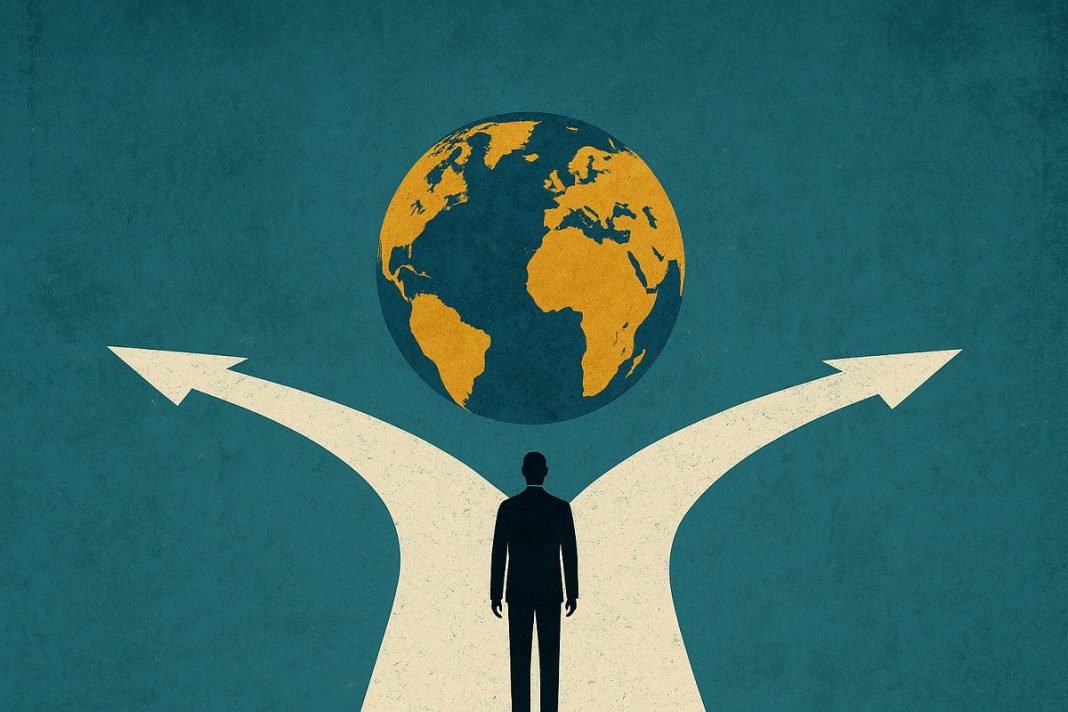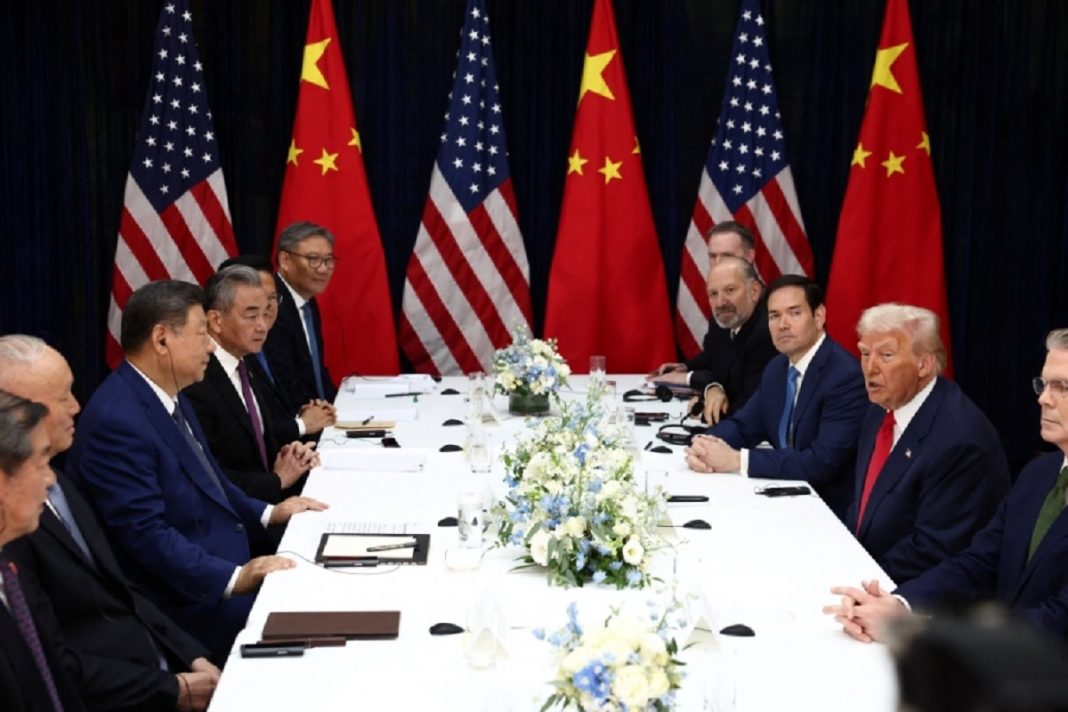Gabriel G Tabarani
For decades, the world convinced itself that energy had been tamed. Oil shocks were a relic of the 1970s. Energy markets, once weapons of war, had become engines of globalization. Nations built pipelines, not blockades; traders replaced generals as the new masters of supply. We believed, naively, that the world had outgrown energy coercion.
Then Russia invaded Ukraine.
In one winter, the illusion shattered. Moscow throttled gas deliveries to Europe, plunging economies into crisis and sending energy prices soaring. For the first time in generations, governments scrambled to keep the lights on. Europe’s dependency on Russian pipelines—a vulnerability long ignored—was laid bare. And suddenly, the “energy weapon,” that Cold War artifact, was back in the arsenal of global power.
But this time, it looks different. The energy weapon of the twenty-first century is quieter, broader, and in some ways, far more dangerous. It is not only about barrels of oil or cubic meters of gas. It is about critical minerals, electric grids, and the fragile arteries of a clean-energy economy. And it is being wielded not just by petro-states like Russia or Saudi Arabia, but by China, the world’s manufacturing superpower, whose grip on the minerals and technologies that power the green transition is tightening by the day.
In 2024, Beijing restricted exports of graphite and rare earths—materials essential to electric vehicles and wind turbines—after a flare-up with Washington over technology controls. Ford and General Motors idled plants within weeks. Prices spiked. It was a glimpse of a future in which energy coercion doesn’t come in the form of tankers or embargoes, but from the flick of a bureaucrat’s pen in Beijing.
The world has been here before. In 1973, the Arab oil embargo jolted the global economy, sending prices soaring nearly 300 percent. The shock reshaped policy, forcing countries to build strategic reserves, form the International Energy Agency, and embrace energy efficiency. But the lesson that energy dependency equals vulnerability was gradually forgotten. The shale revolution made the United States the world’s top producer. Europe bet its prosperity on cheap Russian gas. China invested in every rung of the clean-energy supply chain. And policymakers told themselves that global markets were deep and resilient enough to prevent coercion.
That confidence now looks misplaced.
The geopolitics of energy are entering a new and more volatile phase. Great-power competition has returned, globalization is fraying, and energy—once the lubricant of integration—is becoming a weapon of fragmentation. The United States has used sanctions to punish adversaries such as Iran and Venezuela, even as it urges allies to buy more American gas. China, meanwhile, is testing how far it can use its mineral dominance for leverage. Even democratic allies are not immune: Norway recently pledged to limit electricity exports to Europe amid domestic price pressure, a reminder that energy nationalism is contagious.
What makes this moment especially perilous is that both fossil fuels and clean energy are now potential vectors of coercion. Oil and gas markets are tightening again. Investment in new production has fallen to its lowest level in years, while demand remains stubbornly high. OPEC’s share of global production is rising back toward levels unseen since the 1970s, restoring its geopolitical muscle. In the years ahead, fewer producers will control more of the world’s oil, leaving the system more brittle and easier to weaponize.
At the same time, the clean-energy revolution—though indispensable for the climate—has created fresh dependencies. Solar panels, wind turbines, batteries, and electric vehicles depend on a handful of minerals such as lithium, cobalt, and nickel, and their refining is dominated by China. Even the most sophisticated economies cannot electrify their way to security if every supply chain runs through a rival’s ports. Energy independence, once a comforting slogan, is an illusion.
What, then, can be done?
The first step is to accept that markets alone will not save us. The integration that once cushioned shocks is giving way to fragmentation, and governments can no longer outsource energy security to traders and speculators. The answer lies in resilience, not isolation—diversifying suppliers, building strategic stockpiles of critical minerals, and investing in domestic refining and manufacturing.
The United States must resist the temptation to retreat behind a wall of self-sufficiency. Producing more oil and gas helps only so much when prices are set globally. Real security comes from consuming less, using energy more efficiently, and electrifying transportation and industry with power generated at home. Every kilowatt-hour that comes from a solar panel or wind farm is one less hostage to the whims of geopolitics.
But even clean energy must be built on secure foundations. That means forging alliances with mineral-rich nations in Africa and Latin America, investing in new processing facilities outside China, and hardening energy infrastructure—both physical and digital—against sabotage and cyberattack. It also means rethinking the role of the state. If governments once stepped back from markets, they now must step in, strategically and smartly. The goal is not nationalization but national resilience.
The challenge is political will. Building redundancy costs money. Diversifying supply chains takes years. And in democracies fatigued by inflation and debt, voters are wary of any policy that raises prices. Yet the alternative—allowing energy coercion to dictate foreign policy—would be far more costly. The world can no longer afford to treat energy as a purely economic commodity. It is a cornerstone of sovereignty.
There is, however, a silver lining. The same investments that insulate nations from coercion—modernizing grids, expanding renewable power, developing domestic manufacturing—also accelerate the fight against climate change. Energy security and decarbonization are not opposing goals; they are mutually reinforcing. For once, realpolitik and climate politics point in the same direction.
The energy weapon may never disappear, but its power can be blunted. If the crises of the 1970s taught the world to build oil reserves, the crises of the 2020s should teach it to build clean-energy resilience. Every solar panel installed, every battery plant opened, every redundant supply chain created makes it harder for any country to hold another hostage.
Energy has always been a measure of power. The nations that understand this—those that move fastest to secure and diversify their energy futures—will not only withstand the next crisis; they will define the next era. The rest will once again find themselves in the dark, waiting in line for what the powerful decide to supply.
This article was originally published in Arabic on the Asswak Al-Arab website


